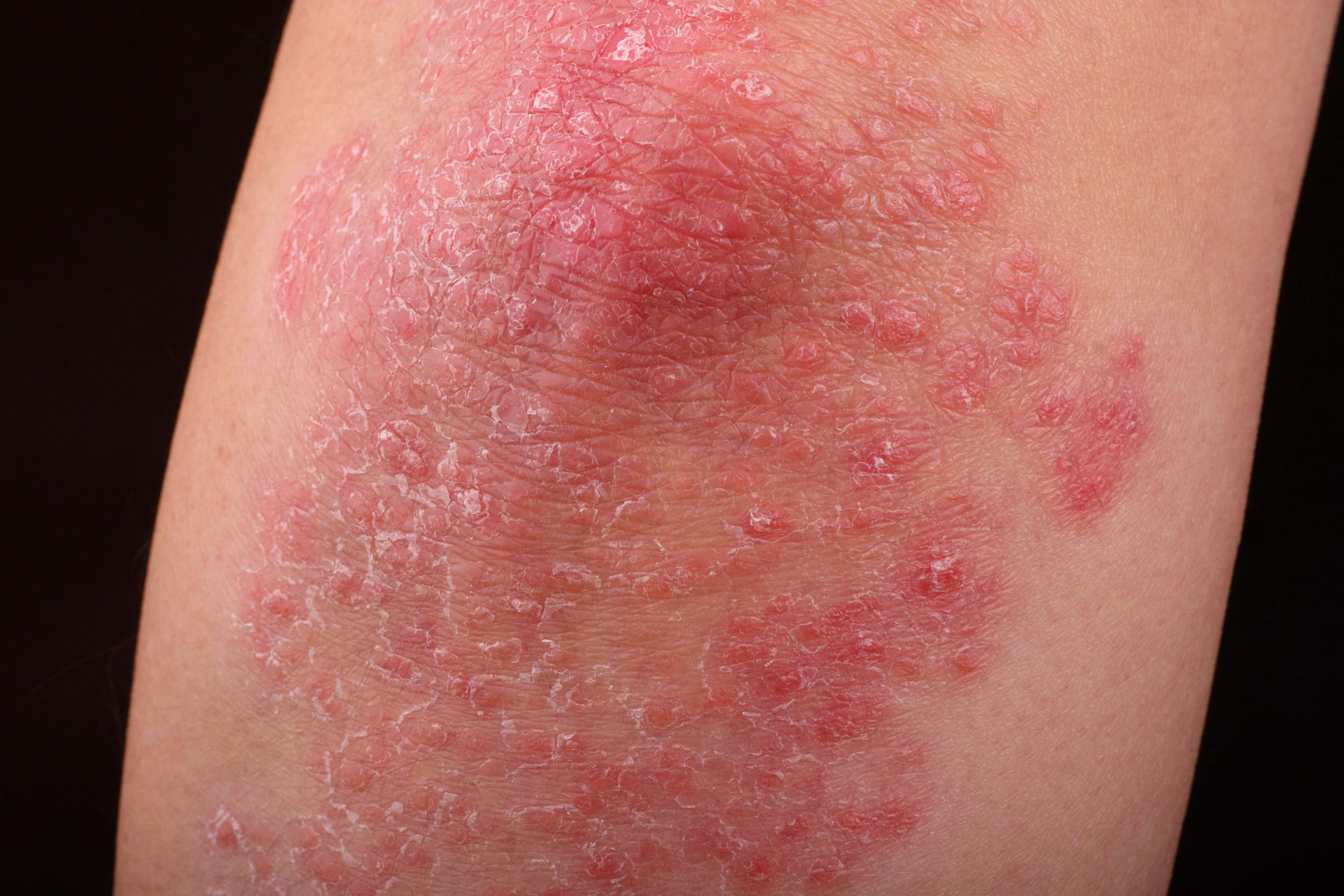- General Dermatology
- Eczema
- Chronic Hand Eczema
- Alopecia
- Aesthetics
- Vitiligo
- COVID-19
- Actinic Keratosis
- Precision Medicine and Biologics
- Rare Disease
- Wound Care
- Rosacea
- Psoriasis
- Psoriatic Arthritis
- Atopic Dermatitis
- Melasma
- NP and PA
- Skin Cancer
- Hidradenitis Suppurativa
- Drug Watch
- Pigmentary Disorders
- Acne
- Pediatric Dermatology
- Practice Management
- Prurigo Nodularis
Article
New Study Uncovers Cells and Pathways Driving Psoriasis Inflammation and Severity
Author(s):
Researchers examined the disease while going beyond current diagnostic tools.
Psoriatic disease severity is identifiable through cellular activity and signaling pathways, according to new research.
quayside/AdobeStock

In a new study1 published in Science Immunology, investigators at the New York University Grossman School of Medicine sought to map inflammatory features of psoriasis through a comparison of patients with varying levels of disease severity, citing a lack of existing therapies addressing the underlying causes of psoriatic disease. The study was led by co-senior investigators Jose Scher, MD, and Shruti Naik, PhD. Naik is an assistant professor in the departments of Pathology, Medicine, and the Ronald O. Perelman Department of Dermatology at NYU Langone.
"What we really don't have a good handle on is: How does this skin disease affect all these other body areas, and how does it progress from, oftentimes, a very localized disease, to all these systemic comorbidities?” Naik said. “We really started by saying, ‘Well, can we look at the skin and discern and just figure out if there are cues to what's happening systemically in the skin?’ And one of the things that we did was not only take the skin, not only analyze skin areas that were actively inflamed, but also take a look at skin areas that were clinically, to the naked eye, look healthy.”
Using psoriatic and contralateral skin samples from 14 men and women, investigators utilized a new technology called spatial transcriptomics, allowing them to map cells in tissues while also charting interactions between cells and molecules taking place within tissue. 11 skin samples were from patients with mild to moderate psoriatic disease, and 3 samples were from adults without psoriasis.
Investigators made the following discoveries:
- In patients with more severe disease, the location of fibroblasts and macrophages were more varied and common in outer layers of the skin.
- Patients with moderate to severe disease demonstrated increased gene activity in greater than 36 molecular pathways.
- Psoriatic disease severity can be distinguished and identified through an examination of cellular activity and signaling pathways.
According to a press release,2 investigators believe this study’s outcomes may also be able to explain why psoriasis can develop into psoriatic arthritis in up to 1 in 5 patients. It may also be able to explain the development of certain common comorbidities, such as diabetes, heart disease, and inflammatory bowel disease.
“We can really identify mild and severe disease based on different molecular signatures,” Naik said. “Even skin that looks clinically healthy, that looks not inflamed, no plaque, no redness, no itching, no symptoms, is altered and is changed."
A potential study limitation, according to Naik, was a limited number of samples due to the cost of using such new technology.
"We weren't able to tell the difference between patients that have psoriasis and psoriatic arthritis, although I think there's still a lot of promise in exploring that avenue,” Naik said, "but what we could tell apart very clearly was patients with mild versus severe disease, despite sort of looking the same and being characterized the same clinically, on a molecular basis, they appear to be quite different, and they have different signatures.”
Investigators now intend to use these findings to identify potential biological mechanisms involved in skin inflammation, particularly regarding how this inflammation affects the skin and organs of the body. They are also planning to study the reasons behind psoriatic disease clearance and patient responses to anti-inflammatory drugs, according to the press release.
Naik highlighted not only the significance of the study’s outcomes but also of partnerships between researchers and physicians working toward a common goal, noting that each party brings a different perspective, and there is much to be gained from collaborative efforts.
"Our study has really opened the door to revealing that these changes exists, that something can look healthy, and underneath the surface, there are these sort of microscopic changes that are happening, these molecular level changes that are happening,” Naik said. “So this has really changed the way we think about how we are going to study the disease.”
References
- Castillo RL, Sidhu I, Dolgalev I, et al. Spatial transcriptomics stratifies health and psoriatic disease severity by emergent cellular ecosystems. Sci Immunol. 2023. doi:10.1126/sciimmunol.abq7991
- Study helps explain what drives psoriasis severity and offers clues as to how disease may spread to other body parts. Cision PR Newswire. June 2, 2023. Accessed June 2, 2023. https://www.prnewswire.com/news-releases/study-helps-explain-what-drives-psoriasis-severity-and-offers-clues-as-to-how-disease-may-spread-to-other-body-parts-301835348.html





